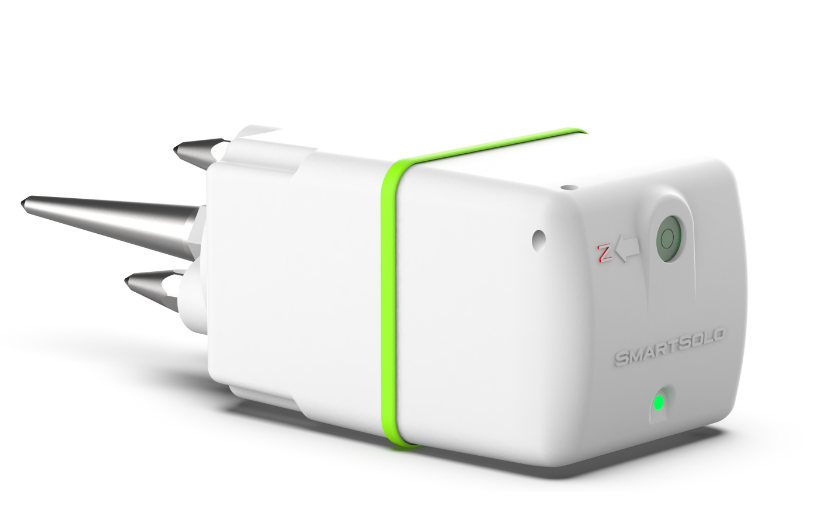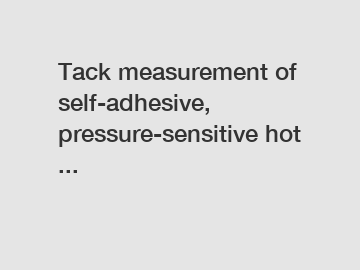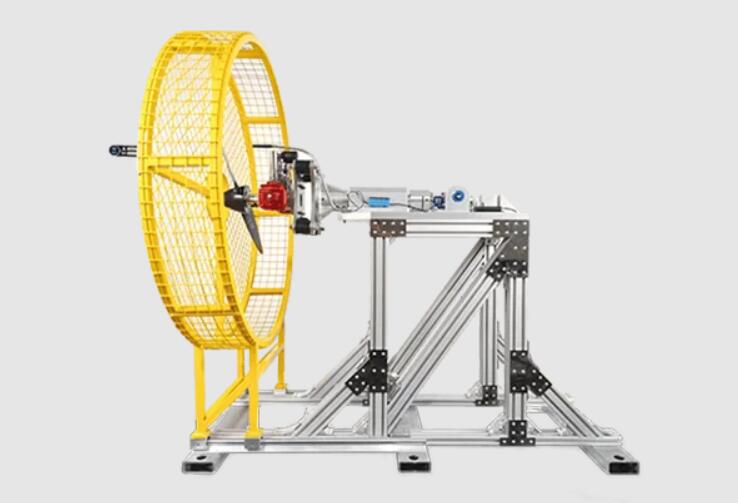Exploring Seismic Solutions: Enhancing Safety and Monitoring with Seismic Sensors
Seismic events, such as earthquakes and ground vibrations, pose significant risks to infrastructure, buildings, and human lives. In response to these threats, seismic sensors play a crucial role in detecting, monitoring, and mitigating the impact of seismic activity.
Understanding Seismic Sensors:
Seismic sensors, also known as seismometers or accelerometers, are devices designed to detect and measure ground motion caused by seismic waves. These sensors are equipped with sensitive components that can detect even subtle vibrations in the Earth's crust, providing valuable data for seismic monitoring and analysis. Seismic sensors come in various types, including geophones, MEMS accelerometers, and broadband seismometers, each tailored to specific applications and measurement requirements.
Applications of Seismic Sensors:
Earthquake Early Warning Systems: Seismic sensors are a critical component of earthquake early warning systems, which provide advance notification of impending earthquakes to minimize damage and casualties. By detecting the initial seismic waves generated by an earthquake, seismic sensors can rapidly transmit alerts to emergency response agencies and the public, allowing for timely evacuation and preparation.
Structural Health Monitoring: Seismic sensors are used for structural health monitoring of buildings, bridges, dams, and other infrastructure to assess their structural integrity and resilience against seismic events. By continuously monitoring ground vibrations and structural responses, seismic sensors can identify potential weaknesses, cracks, or damage in structures, enabling proactive maintenance and repair.
Oil and Gas Exploration: Seismic sensors play a vital role in oil and gas exploration and reservoir monitoring. They are deployed to detect and analyze seismic waves generated by underground rock formations, helping geologists and engineers locate potential hydrocarbon reservoirs, assess their size and properties, and optimize drilling and extraction operations.
Environmental Monitoring: Seismic sensors are used for environmental monitoring applications, including monitoring volcanic activity, landslides, and ground subsidence. By detecting and analyzing ground motion and seismic signals, these sensors can provide early warnings of impending natural disasters and help mitigate their impact on surrounding communities and ecosystems.
Additional resources:
Understanding the Difference: Tan Delta Test vs. Megger Test
Plastic Film Testing: Ensuring Quality and Durability
5 Ways to Check Brushless Motor Performance Like a Pro
What is the best way to stand ly?
Motor Speed Test Meter: Comparison Guide vs. Competitors
4 Advice to Choose a Drone Test Stand
Revolutionizing Navigation: The Laser Gyroscope UnveiledInfrastructure Protection: Seismic sensors are deployed to protect critical infrastructure, such as nuclear power plants, transportation networks, and telecommunications facilities, from seismic hazards. They are integrated into structural monitoring systems to detect ground motion and trigger automatic shutdowns or safety measures in response to seismic events, ensuring the safety and reliability of essential infrastructure.
Advancements in Seismic Sensor Technology:
Recent advancements in seismic sensor technology have led to the development of more sensitive, compact, and cost-effective sensors capable of capturing a wide range of seismic signals with high precision and reliability. These advancements include the use of microelectromechanical systems (MEMS) technology, wireless connectivity, and data analytics algorithms to improve sensor performance, reduce power consumption, and enhance data processing capabilities.
Conclusion:
Seismic sensors are indispensable tools for detecting, monitoring, and mitigating the impact of seismic events in various applications. From earthquake early warning systems to structural health monitoring and environmental monitoring, seismic sensors provide valuable insights into ground motion and seismic activity, enabling proactive measures to enhance safety, protect infrastructure, and mitigate risks associated with seismic hazards. As technology continues to advance, seismic sensors will play an increasingly important role in safeguarding communities, infrastructure, and the environment from the impacts of seismic events.
How to Become a Successful Drone Tester
What Are the Key Questions to Ask When Ordering an RC Engine Test Stand?
Exploring the Benefits of Using Integrated Electric Propulsion
5 easy steps for installing drone propellers correctly
The Benefits of Using Test Drone
How is Speed of Motor Measured Accurately?
Quartz Flexible Accelerometer: Advancing Precision Measurement and Monitoring
Related Articles










Comments